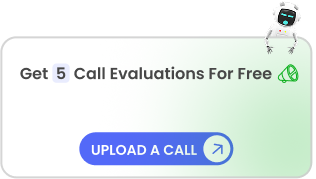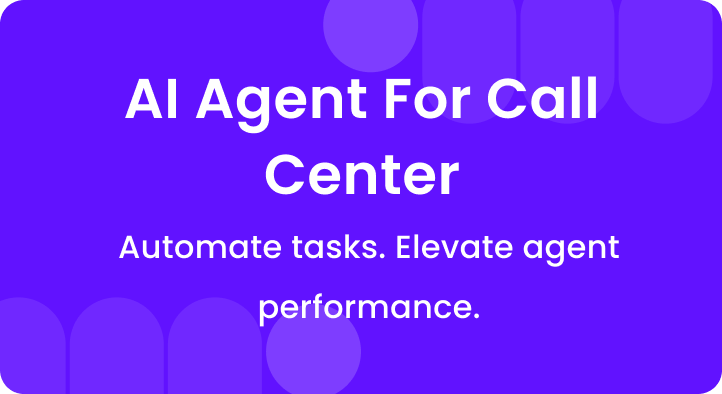It’s 2025.
Your customers expect instant answers. Your agents juggle tools, tabs, and tough conversations.
And your call center evaluation form? It can’t still be stuck in 2015.
If you’re still using the same old call monitoring checklist to score calls, it’s time for a serious upgrade.
Today’s QA isn’t just about catching mistakes; it’s about smarter agent coaching, spotting trends, and helping your agents thrive.
The right evaluation form gives you more than a score. It shows you how your team is performing, where they need help, and how to drive real impact without drowning in data.
In this article, you’ll get a clear guide to building a modern, effective QA evaluation form that actually works for your call center.
Let’s build a form your agents won’t hate and your managers will actually use.
A. What is a call center evaluation form?
At its core, a call center evaluation form is a structured scorecard used by QA teams to assess how agents handle customer interactions.
It’s not just about ticking boxes—it’s a tool designed to bring consistency to how you measure performance.
These forms typically cover areas like communication skills, tone, adherence to scripts or compliance protocols, problem resolution, and overall call quality monitoring.
By using an evaluation form, managers and QA teams can standardize feedback, reduce bias, and track improvement over time.
It also gives agents clear direction on where they’re excelling and where there’s room to grow.
In short, if you want to improve call quality and coach effectively, you need a form that does more than just score—it should tell a story about performance.
What is a call center evaluation?
A call center evaluation is the process of reviewing and scoring customer interactions, calls, chats, or emails to measure agent performance and ensure consistent service quality. It helps identify coaching opportunities, track compliance, and maintain CX standards.
B. Benefits of using a call scoring evaluation form
A good evaluation form isn’t just paperwork—it’s a game changer for your call center. Here’s why:
1. Standardizes agent performance evaluation
Imagine two QA analysts listening to the same call, but giving totally different scores.
That’s what happens without a standardized form. With a unified scorecard, every agent is measured by the same yardstick.
According to SQM Group, contact centers that standardize evaluations see a 25% boost in QA accuracy and fewer coaching conflicts.
2. Identifies coaching and training needs
A call center evaluation form doesn’t just score calls—it reveals patterns.
Maybe one agent struggles with closing, while another misses compliance checkpoints.
With this clarity, you can skip blanket training sessions and focus on what each agent actually needs.
Over time, this leads to faster ramp-ups, fewer repeated mistakes, and more confident conversations on the floor.
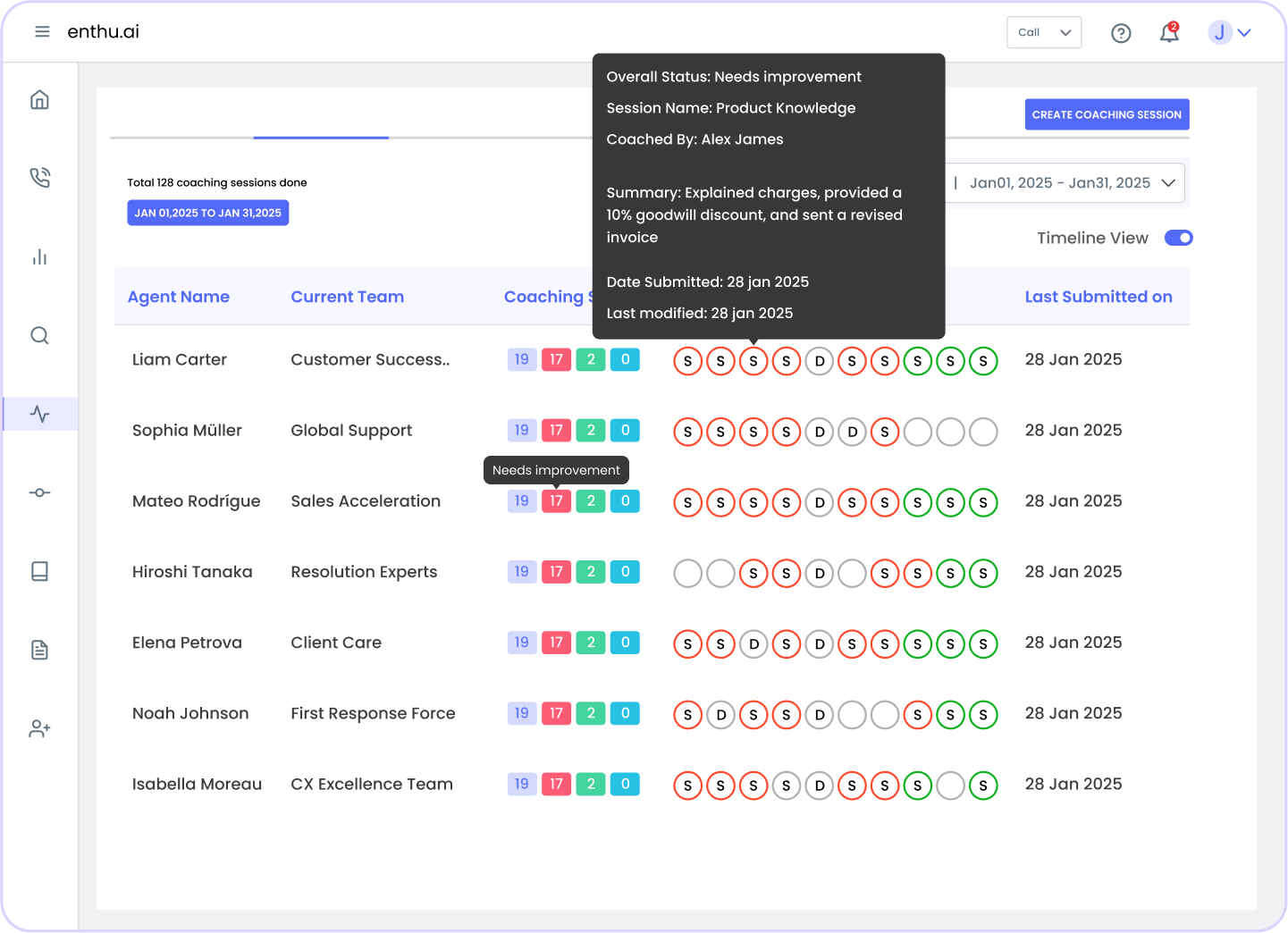
3. Improves customer experience consistency
Customers hate surprises, especially the bad kind.
When one agent is warm and helpful and the next is robotic or unclear, trust breaks.
Evaluation forms help set a baseline for tone, empathy, and resolution quality.
By holding all agents to the same standards, you create predictable, high-quality experiences that keep customers coming back (and complaints low).
4. Tracks agent progress over time
Call center evaluation forms aren’t just for scoring today’s calls, they’re a record of growth.
By comparing scores over weeks or months, you can see who’s improving, who’s stuck, and why. This makes performance reviews easier and more objective.
It also helps you reward real progress and spot recurring issues before they turn into long-term habits.
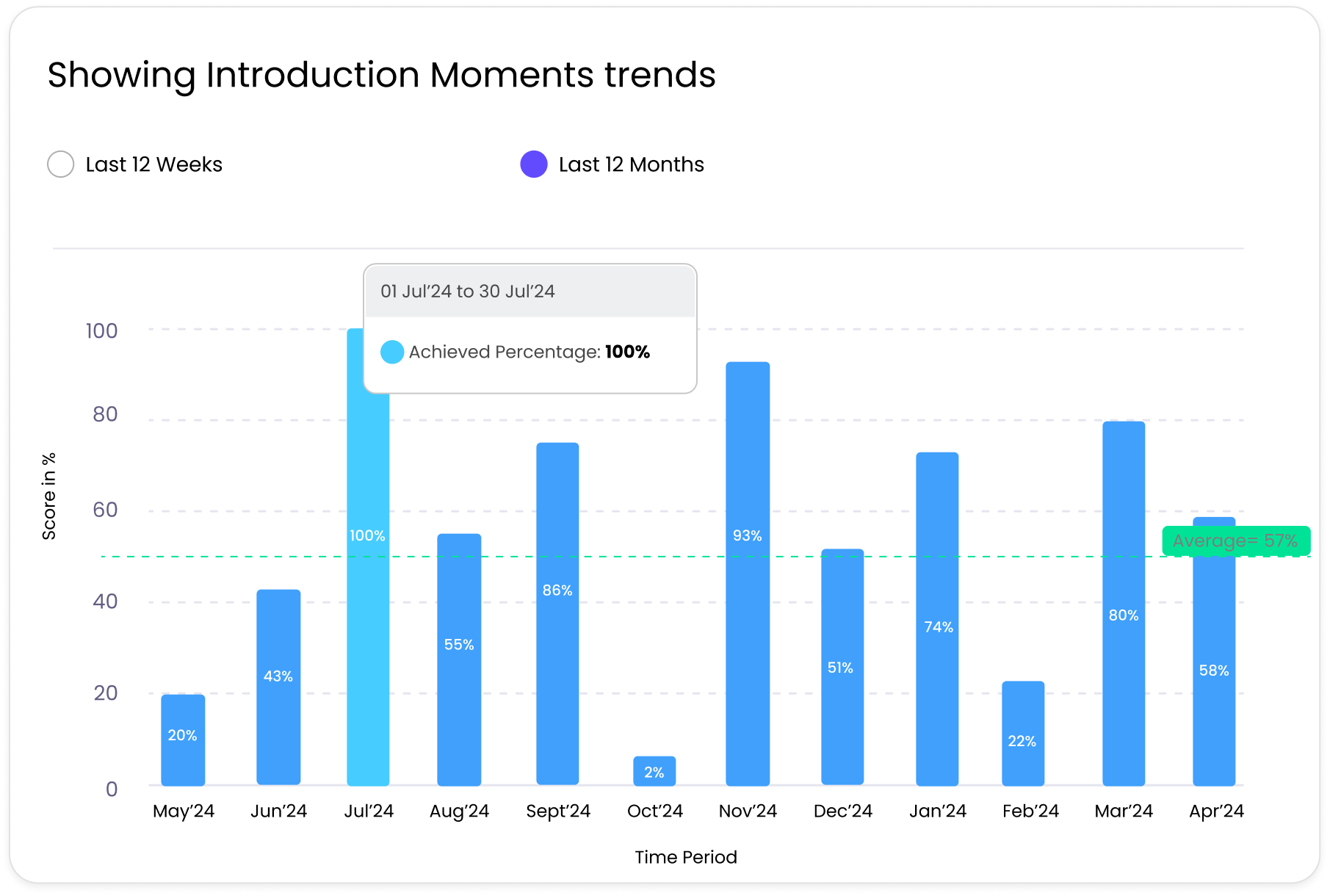
5. Reduces subjectivity in quality assessment
When QA scores vary based on who’s reviewing the call, agents lose trust in the process.
That’s why structured forms with defined scoring criteria—like rating empathy from 1 to 5 based on specific phrases—are crucial. They remove personal judgment from the mix.
In fact, QA teams that adopt standardized rubrics report up to 40% more scoring consistency, according to industry benchmarks.
6. Helps detect compliance and legal risks early
Missing a mandatory disclosure or skipping call recording disclaimers might seem small until legal notices land.
Evaluation forms ensure every compliance checkbox is tracked on every call.
By reviewing these regularly, you catch red flags early and avoid fines or lawsuits.
Think of it as an early warning system for your call center’s legal health.
Here’s the best call center quality monitoring scorecard 2025.
C. What to include in a good call evaluation form
Here’s a list of sample questions for each of your call scoring evaluation form categories. These can be adapted or expanded based on your specific needs:

1. Greeting
- Did the agent greet the customer within 5 seconds?
- Was the greeting friendly and professional?
- Did the agent introduce themselves clearly?
- Was the company name mentioned in the greeting?
- Did the agent use a pleasant tone of voice?
- Did the agent ask how they could help?
- Was the greeting consistent with brand standards?
- Did the agent avoid using robotic or scripted language?
- Did the greeting make the customer feel welcome?
2. Account verification
- Did the agent request all required verification details?
- Was the verification process smooth and accurate?
- Did the agent explain why verification was necessary?
- Were the questions asked politely and clearly?
- Was sensitive data handled securely?
- Did the agent avoid repeating previously verified info?
- Was the customer’s identity confirmed before proceeding?
- Did the agent log verification details correctly?
- Did the agent follow data privacy and compliance policies?
- Was the agent calm and confident throughout the process?
3. Contact info confirmation
- Did the agent verify/update phone number and email address?
- Was the mailing or billing address checked if needed?
- Did the agent ask the customer’s preferred contact method?
- Was the contact info repeated back for confirmation?
- Did the agent handle updates efficiently?
- Did the agent log changes correctly in the system?
- Was the tone respectful while collecting personal info?
- Did the agent clarify unclear data politely?
- Was this step completed without making the customer repeat info?
4. Protocol compliance
- Did the agent follow internal call handling protocols?
- Were mandatory disclosures and disclaimers delivered correctly?
- Did the agent avoid restricted phrases or commitments?
- Was the call recording notification mentioned (if required)?
- Did the agent respect Do Not Call (DNC) preferences?
- Were escalation protocols followed where needed?
- Did the agent identify and manage any legal risk areas?
- Was the customer’s consent recorded appropriately (if needed)?
- Was the call documented with proper codes and notes?
- Did the agent avoid discussing unauthorized topics?
5. Call handling skills
- Did the agent listen without interrupting?
- Was the call structured and easy to follow?
- Did the agent ask relevant follow-up questions?
- Were objections or confusion handled calmly?
- Did the agent stay focused throughout?
- Was the call duration appropriate for the issue?
- Did the agent avoid dead air or long silences?
- Were any transfers or holds handled professionally?
- Did the agent demonstrate product/process knowledge?
- Did the agent lead the call with confidence?
6. Customer service quality
- Did the agent show empathy when needed?
- Was the agent patient, especially with difficult customers?
- Did the agent take ownership of the issue?
- Was the language clear and non-technical?
- Did the agent personalize the call experience?
- Was the customer’s issue fully understood before suggesting solutions?
- Did the agent avoid using defensive or negative tones?
- Was the customer thanked at the end of the interaction?
- Did the customer seem satisfied with the assistance?
7. Call center etiquette
- Was the agent’s tone polite and respectful?
- Did the agent avoid speaking to the customer?
- Were proper hold/transfer procedures followed?
- Did the agent speak at a natural pace and volume?
- Was the conversation free of slang or filler words?
- Did the agent avoid multitasking sounds (typing, background noise)?
- Was the customer’s name used appropriately?
- Did the agent remain calm under pressure?
- Did the agent maintain professionalism throughout?
8. Script compliance
- Was the opening script followed correctly?
- Did the agent stick to key talking points?
- Were promotions or offers delivered as per script?
- Did the agent deviate from the script when appropriate (and effectively)?
- Were legal statements or disclaimers read word-for-word?
- Was the closing script used or adapted properly?
- Did the agent avoid making up responses not in the script?
- Was the script customized for the customer’s situation?
- Did the call feel natural, even with scripting?
9. Closure
- Did the agent confirm the issue resolution?
- Was a clear summary given before ending the call?
- Did the agent ask if there was anything else they could help with?
- Was the customer thanked and appreciated?
- Were the next steps or timelines communicated (if applicable)?
- Was the call closed on a positive note?
- Did the agent avoid rushing the end?
- Was the customer invited to give feedback or contact again?
- Was the closing language aligned with the brand tone?
10. Follow up
- Did the agent clearly explain follow-up steps?
- Was a timeline for the follow-up given?
- Did the agent reconfirm contact preferences for the follow-up?
- Were notes properly documented for future action?
- Was the follow-up assigned or scheduled correctly?
- Was any promised action confirmed clearly?
- Did the agent double-check that the customer understood the next steps?
- Was the customer reassured about the resolution timeline?
- Did the follow-up plan feel organized and trustworthy?
Conclusion
If you’re serious about driving real change in your call center, your evaluation form is where it starts.
It’s more than a checklist—it’s your roadmap to consistency, compliance, and continuous agent growth. Yet too often, teams treat it as an afterthought.
In 2025, when customer expectations are higher and competition is tighter, there’s no room for vague feedback or missed coaching moments. The right evaluation form gives your QA team clarity, your agents direction, and your customers a better experience.
So don’t just score calls—build a system that fuels performance.
Because in the end, it’s not just about listening to calls. It’s about listening with purpose.
FAQs
1. How do you evaluate a call center?
Call center evaluation involves reviewing agent calls using a structured scorecard to assess communication, compliance, problem-solving, and customer service skills. This helps identify strengths, coaching needs, and ensures a consistent, high-quality customer experience.
2. How do you create an evaluation form?
To create an evaluation form, define key call elements like greeting, verification, compliance, and resolution. Develop clear, measurable questions for each area, ensuring the form is easy to use, aligns with quality goals, and supports consistent agent feedback.
3. What is assessment in a call center?
Assessment is the systematic review of agent-customer interactions based on specific criteria such as communication, compliance, and problem resolution. It helps monitor agent performance, identify training needs, and maintain service standards.
4. How do you write a good call center evaluation form?
Focus on what truly matters – quality, compliance, and customer experience. Keep the form simple with clear sections like Greeting, Resolution, and Soft Skills. Use consistent rating scales and leave space for comments. Tools like Enthu.AI can automate much of the scoring and make evaluations faster and more objective.

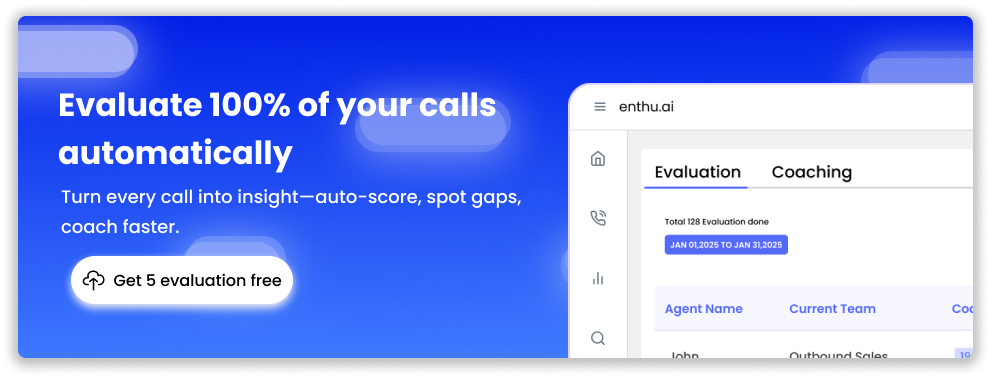


 On this page
On this page